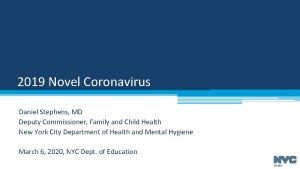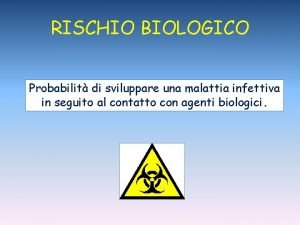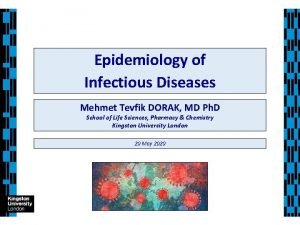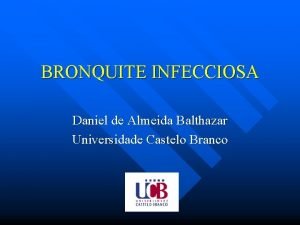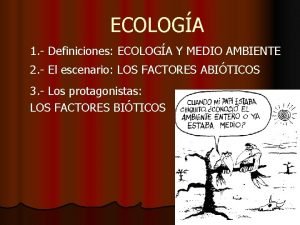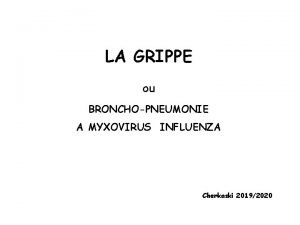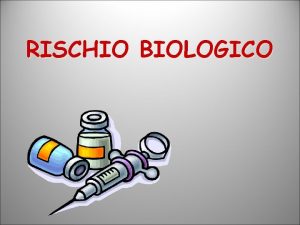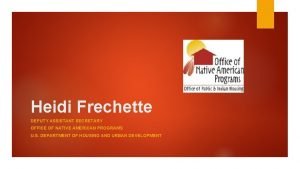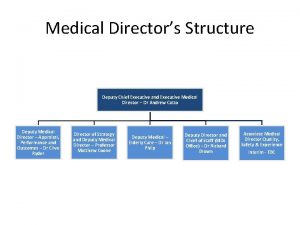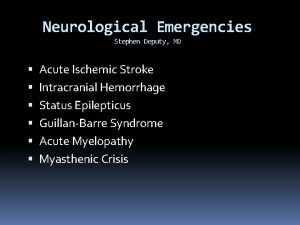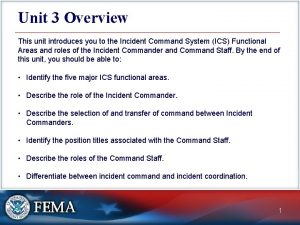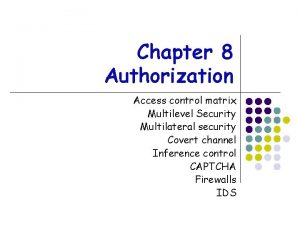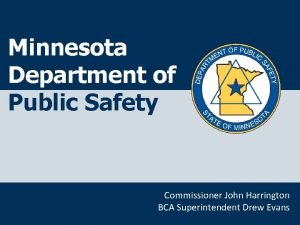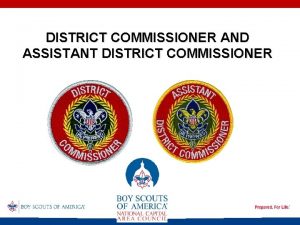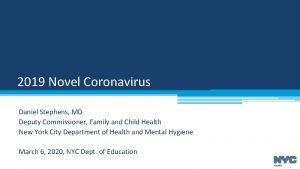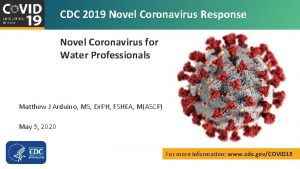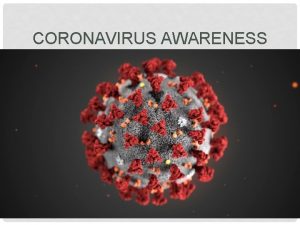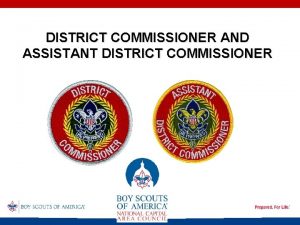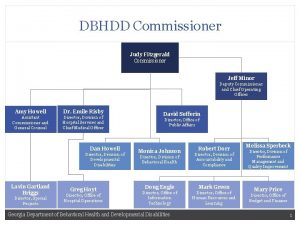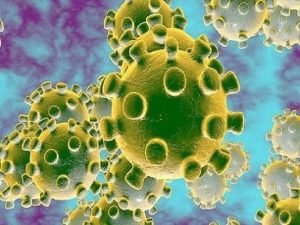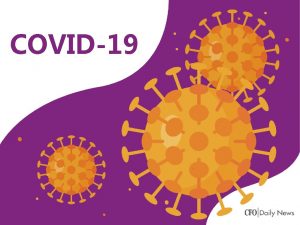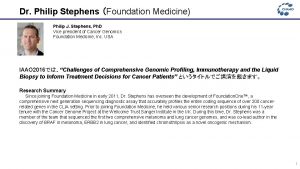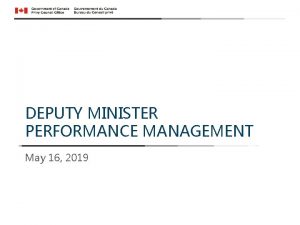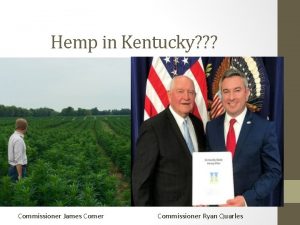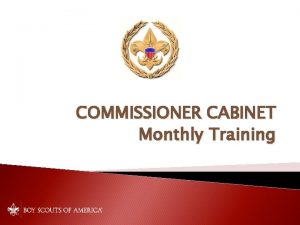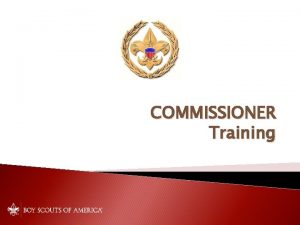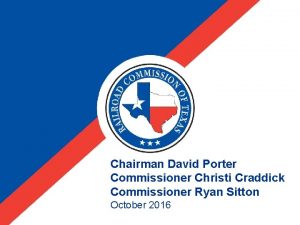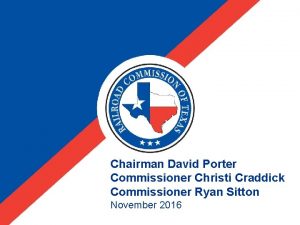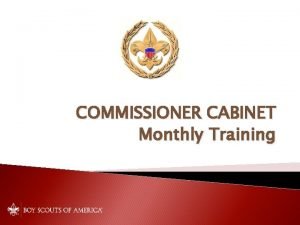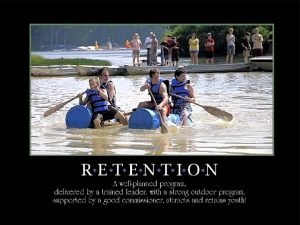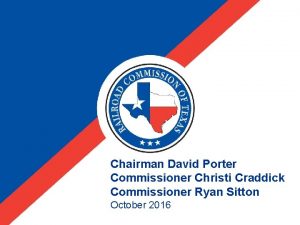2019 Novel Coronavirus Daniel Stephens MD Deputy Commissioner
























- Slides: 24

2019 Novel Coronavirus Daniel Stephens, MD Deputy Commissioner, Family and Child Health New York City Department of Health and Mental Hygiene March 6, 2020, NYC Dept. of Education

Disclaimer The situation is rapidly changing, as is our understanding of the 2019 novel coronavirus. All of the information presented is based on our best knowledge as of March 5, 2020.

Agenda • • 2019 Novel Coronavirus Overview Global, United States (U. S. ), and New York City (NYC) Response Protecting Our Workers Resources

What Are Coronaviruses? • A large family of viruses that cause illness ranging from the common cold to more severe illness like pneumonia ▫ Many coronaviruses only infect animals and are not transmitted to humans. ▫ Some coronaviruses cause illness only in people. ▫ Rarely, coronaviruses are zoonotic, meaning they can be transmitted from animals to people. • A novel (new) coronavirus is a type of coronavirus that was not previously found in humans.

What Is 2019 Novel Coronavirus? • Outbreak of respiratory disease that begin in Wuhan, China (Hubei province) • Identified December 2019 • Originated in animals and infected humans who came in contact at a live animal market in Wuhan • Testing by Chinese scientists revealed a new coronavirus not seen before in humans • Disease caused by this virus known as “COVID-19”

How does it present itself ? • Incubation period, the period between exposure to an infection and the appearance of the first symptoms, estimated to be 2 to 14 days after exposure • Symptoms can range from asymptomatic, to mild, to severely ill and can include: ▫ Fever ▫ Cough ▫ Shortness of breath • There is no current treatment ▫ Medication and vaccine research underway

How Is 2019 Novel Coronavirus Transmitted? • Not yet fully known how 2019 Novel Coronavirus spreads • Can be transmitted from one person to another • People are thought to be most contagious when they are most symptomatic (the sickest). ▫ Some spread might be possible before people show symptoms; this is not thought to be the main way the virus spreads. • It is thought to spread: ▫ Between people who are in close contact with one another (within about 6 feet). ▫ Through respiratory droplets produced when an infected person coughs or sneezes and that enter the mouth or nose of people who are nearby or possibly are inhaled into the lungs.

Global Case Distribution (as of March 5, 2020) Source: https: //www. theguardian. com/science/2020/jan/22/where-has-coronavirus-spread

The 2019 Novel Coronavirus Outbreak (as of March 5, 2020) • More than 95, 000 confirmed cases ▫ Primarily in mainland China ▫ More than 16, 000 cases outside of mainland China • More than 3, 000 deaths globally, mostly in older adults and people with underlying health conditions

U. S. Case Distribution (as of March 5, 2020) • 158 confirmed cases in the U. S. ▫ Includes travel related, person-to -person, and repatriated citizens • 2 confirmed cases in NYC • 10 confirmed cases elsewhere in NYS Source: https: //www. nytimes. com/interactive/2020/world/asia/china-wuhan-coronavirus-maps. html

U. S. Response • Novel coronavirus task force created to lead U. S. response • The Centers for Disease Control and Prevention (CDC) rapidly developed a diagnostic test. • CDC has issued Travel Warnings: § Level 3: Avoid all nonessential travel o China o Iran o Italy o South Korea § Level 2: Practice enhanced precautions o Japan

U. S. Response (cont’d) • Foreign nationals who visited an affected area, CDC Level 3 Travel Warning, in the past 14 days may not enter U. S. ▫ Exception for lawful permanent residents (green card holders) and immediate family of U. S. citizens and permanent residents • For people permitted to enter U. S. after leaving an affected area, CDC Level 3 Travel Warning: ▫ Subject to health monitoring in the U. S. for up to 14 days Source: https: //www. cdc. gov/coronavirus/2019 -ncov/travelers/

NYC Response • Enhanced surveillance to identify possible cases • Implement federal monitoring requirements • Educate the public and targeted outreach to impacted communities • Provide guidance to health care providers ▫ Materials on case definitions, infection control precautions, testing and reporting ▫ Provider call center and webinars • Laboratory testing at NYC Health Department Public Health Laboratory



Currently the Risk to New Yorkers Is Low • We recognize that the uncertainty is scary. • NYC is experienced in outbreak response and is working hard to stop any potential spread of novel coronavirus. • If you are sick, it is much more likely to be a cold or the flu.

Face Masks – Not Recommended for General Use • • • Not currently warranted for general/routine tasks, even if frequently interacting with the public Use of face masks while not at work is a personal choice, though not recommended by the Health Department for healthy people Face masks are only recommended if directed by a health care providers. ▫ Note: Individuals wear face masks for many reasons, including seasonal allergies, pollution or protecting those around them from the common cold. Do not harass or target someone for wearing one. • No specific precautions are recommended for interactions with the public, including persons not showing symptoms from affected parts of the world.

Cleaning of Public/Common Areas in Non. Healthcare Facilities • Standard cleaning and safety protocols apply. • General precautions: ▫ Wear gloves (additional PPE can be considered) ▫ Do not use compressed air for cleaning ▫ Remove and discard gloves if they become soiled or damaged and after cleaning activities are concluded ▫ Wipe down frequently touched surfaces with an EPA-registered low- or intermediate disinfectant ▫ After cleaning use soap and water to wash hands for 20 seconds If not available, use alcohol-based hand sanitizer.

Promote Good Hygiene • Follow good practices that prevent many types of infection including respiratory infections like colds and the flu: ▫ Get the flu vaccine to protect against flu — it’s not too late! ▫ Wash hands often with soap and water for 20 -seconds or use an alcohol-based sanitizer. ▫ Do not touch your face with unwashed hands. ▫ Avoid close contact with people who are sick. ▫ Cover your coughs and sneezes with a tissue or sleeve, not your hands. • Encourage staff to follow these practices and to stay home if sick.


Are There Other Precautions People Should Take? • Currently, no COVID-19 specific precautions are recommended for interactions with the general public or specific communities. • At this time, New Yorkers DO NOT need to: ▫ ▫ Limit travel within the city Change anything about where they get food or how they prepare it Avoid public gatherings or public transportation Wear a face mask if they are not sick (face masks are only recommended if directed by a health care provider)

Prevent Stigma and Discrimination • You do not need to report anyone that you think may be infected. ▫ The Health Department is conducting thorough outreach and does not require assistance in identifying individuals. • It is important to separate facts from fear and guard against stigma. ▫ A lot of information circulating about coronavirus on social media and in some news reporting is not based on facts. • Stay informed ▫ Get your information from reputable sources like the Health Department (nyc. gov/health) or the Centers for Disease Control and Prevention (cdc. gov)

COVID-19 Resources NYC Health Department Website: nyc. gov/health/coronavirus CDC Website: cdc. gov/coronavirus Call 311 with questions and say “Coronavirus”

Thank you! Any questions? stayinghealthy@schools. nyc. gov or Daniel Stephens, MD Deputy Commissioner, Family and Child Health New York City Department of Health and Mental Hygiene communityaffairs@health. nyc. gov
 Daniel stephens md deputy commissioner
Daniel stephens md deputy commissioner Relazione finale funzione strumentale orientamento
Relazione finale funzione strumentale orientamento Allegato xlvi del d.lgs. 81/08 coronavirus
Allegato xlvi del d.lgs. 81/08 coronavirus Coronavirus
Coronavirus Bronquite coronavirus
Bronquite coronavirus Tres abióticos
Tres abióticos Scissurite coronavirus
Scissurite coronavirus Rischio biologico segnale
Rischio biologico segnale Daniel defoe the father of english novel
Daniel defoe the father of english novel Mark stowers
Mark stowers Hud deputy secretary
Hud deputy secretary Deputy medical director
Deputy medical director Stephen deputy md
Stephen deputy md Assistant head girl manifesto
Assistant head girl manifesto Deputy jody hull
Deputy jody hull Establish objectives make assignments and order resources
Establish objectives make assignments and order resources Deputy manager wikipedia
Deputy manager wikipedia Onondaga county civil deputy
Onondaga county civil deputy Eft deputy chief
Eft deputy chief Tituba indirect characterization
Tituba indirect characterization Confused deputy
Confused deputy Reiner
Reiner Mn commissioner of public safety
Mn commissioner of public safety The office of the legal services commissioner
The office of the legal services commissioner What is a district commissioner
What is a district commissioner
